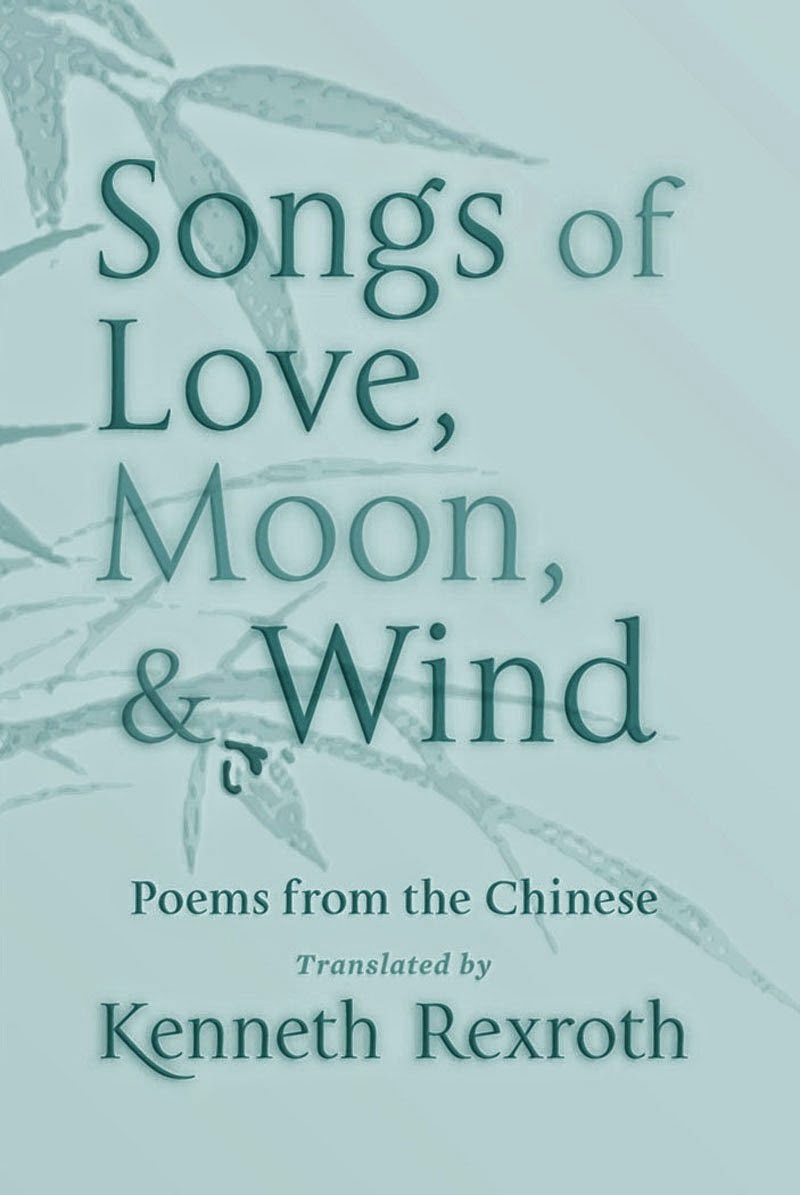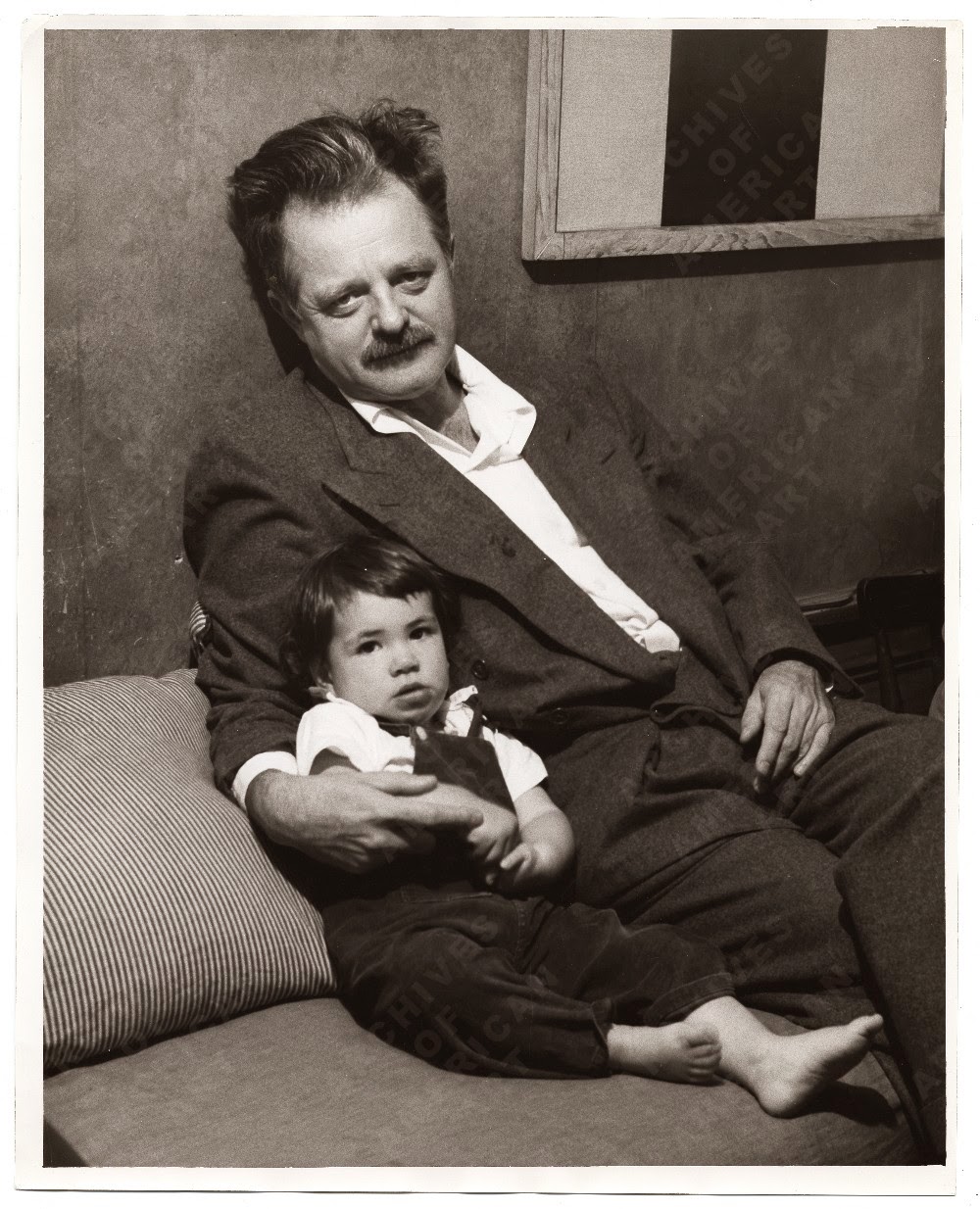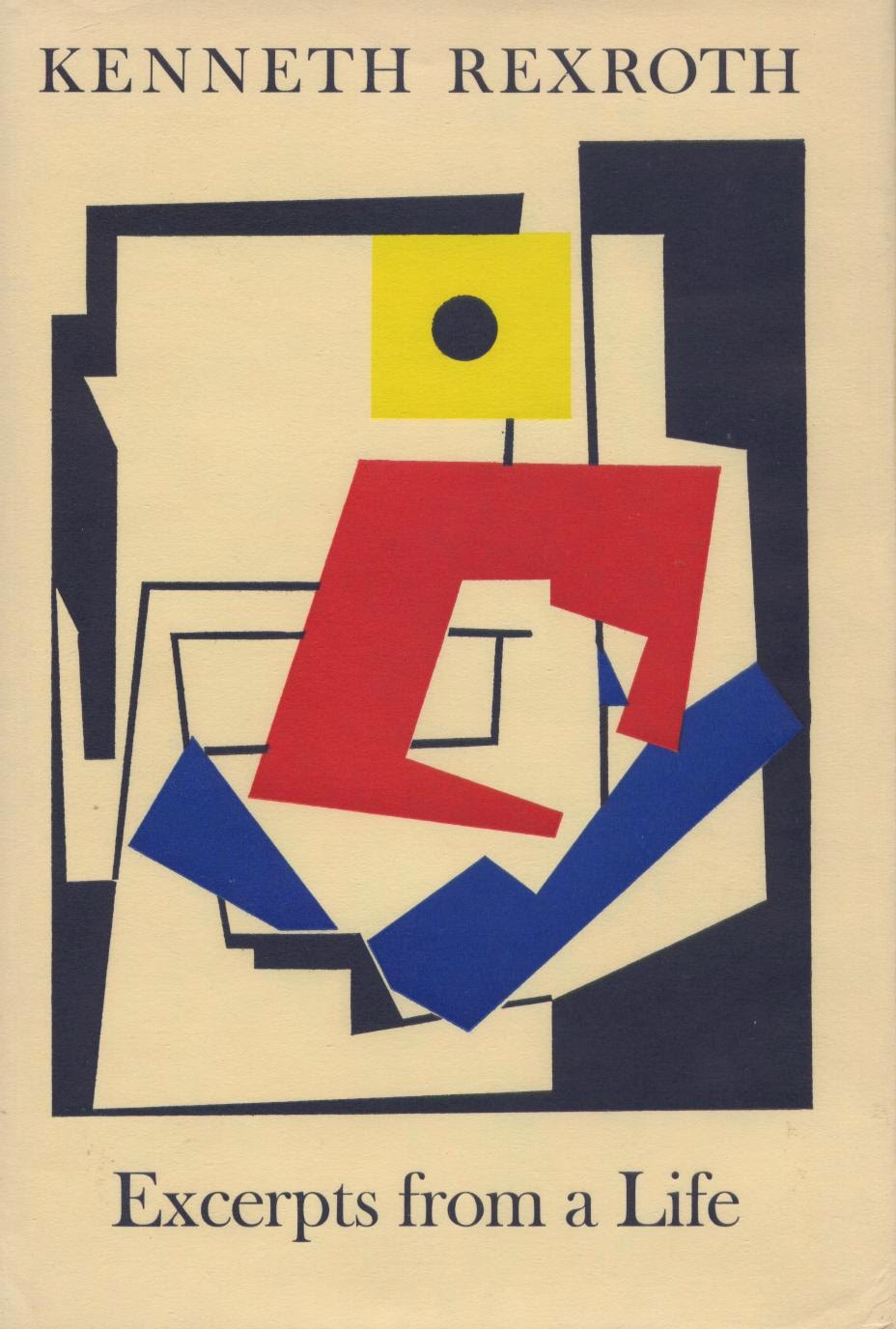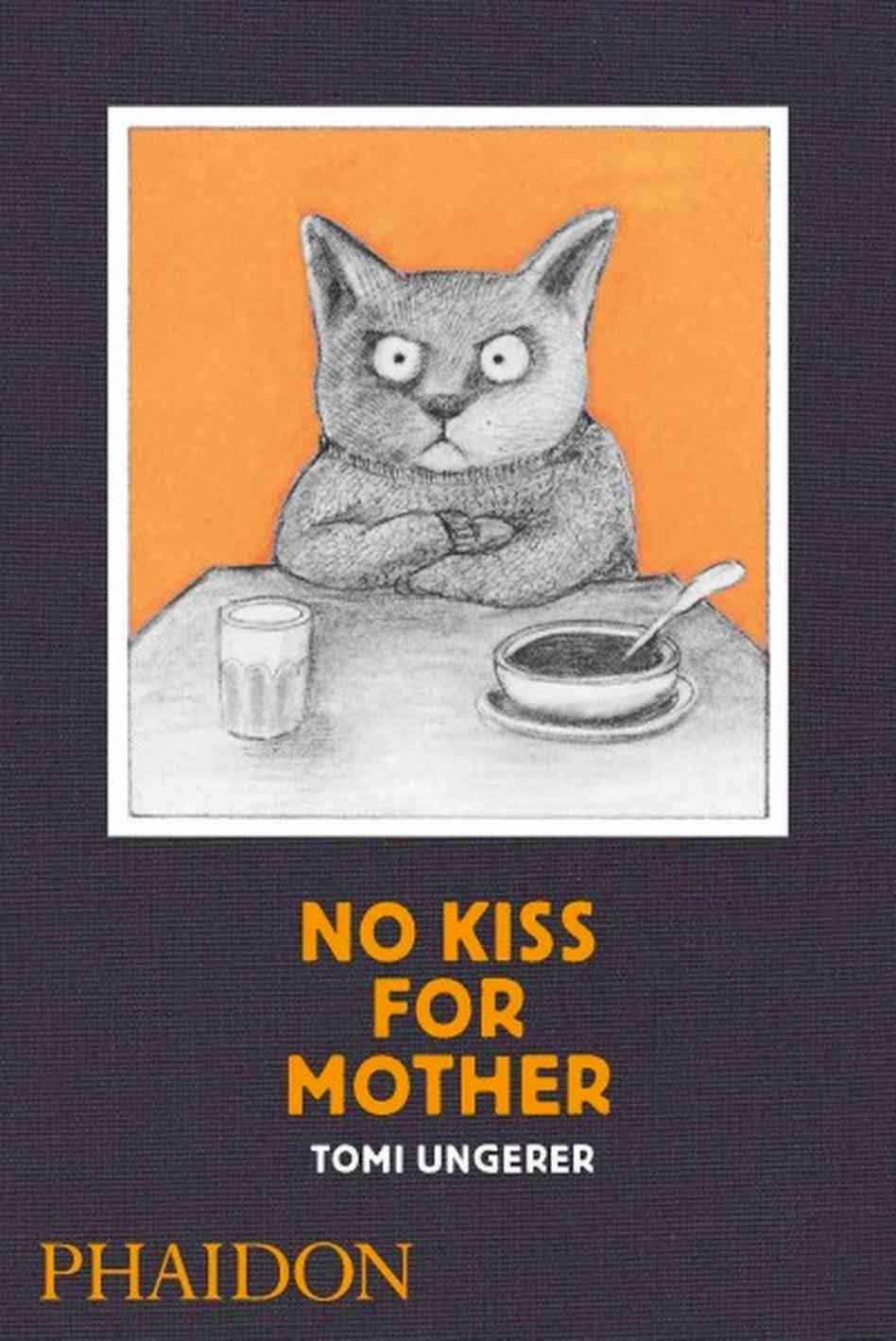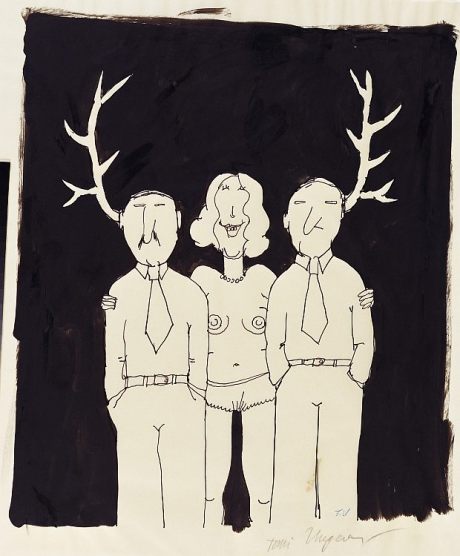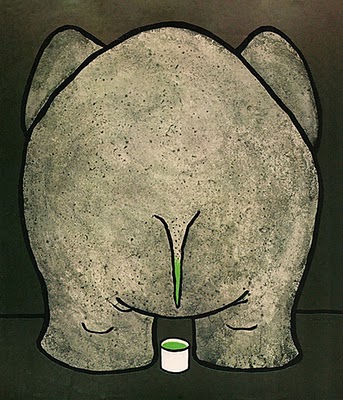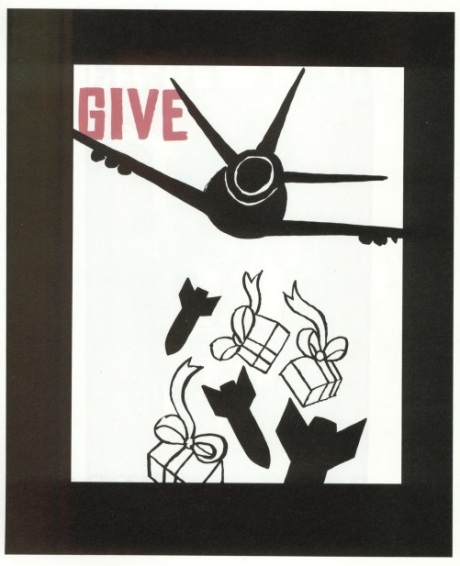

Stanislaw Lem
By Nathan M. Powers
The Time of Cruel Miracles
With sufficient imagination a man could write a whole series of versions of his life; it would form a union of sets in which the facts would be the only elements in common. People, even intelligent people, who are young, and therefore inexperienced and naïve, see only cynicism in such a possibility. They are mistaken, because the problem is not moral but cognitive. (p. 5)
Come, every frustum longs to be a cone,
And every vector dreams of matrices
Nathan M. Powers, 1 October 1999
Stanislaw Lem
Stanisław Lem
(1921-2006)
Polish satirical and philosophical science fiction writer, whose novel Solaris (1961) was filmed by Andrei Tarkovsky in 1971. By the beginning of the 2000s, Stanislaw Lem's books had been translated into more than 40 languages and sold about almost 35 million copies worldwide. He was one of the best SF authors of the late 20th century not to write in English. Though Lem told his stories often in a humorous tone, he examined serious moral questions about technological progress and the course of our civilization, and our place in the universe. A central theme in his work is the limits of human understanding of the universe.
"Oh, I read good books, too, but only Earthside. Why that is, I don't really know. Never stopped to analyze it. Good books tell the truth, even when they're about things that never have been and never will be. They're truthful in a different way. When they talk about outer space, they make you feel the silence, so unlike the Earthly kind – and the lifelessness. Whatever the adventures, the message is always the same: humans will never feel at home out there." (from 'Pirx's Tale' in More Tales of Pirx The Pilot, 1983)
Stanisław Lem was born in Lwów (now Lvov, Ukraine), the son of Samuel Lem, a prosperous physician (a laryngologist), and Sabine Lem (née Wollner). The family lived on the second floor of Number Four of Brajerska Street. Throughout his childhood Lew devoured books voraciously – he read poetry, novels, popular science books, and his father's anatomy books. With his father he used to walk to the Jesuit Garden or toward Saint Jur's Orthodox Church, the enormous barrel in the garden appeared later in a Lem's story, 'The Garden of Darkness'. At the age of twelve he received from his father as a present a manual Remington Underwood; with this typewriter Lem wrote his books.
In an autobiographical essay Lem told, that when his IQ was measured in high school, it was over 180. After finishing high school in 1939, Lem entered the Lvov's Medical Institute, but his studies were interrupted by WW II and he moved to Cracow, where he continued his studies in Jagiellonian University. To avoid being drafted, he did not take his final exams until 1948.
During the war and Nazi occupation Lem worked in the daytime in a German carshop as a mechanic and welder, and at hight he was a member of the resistance fighting against the Germans. With false papers that concealed his Jewish origins, he avoided concentrations camps. Toward the end of the war Poland was occupied by the Red Army and the country was closely controlled by the Soviet Union for the next 50 years. Lem's family had lost all of their possessions in the course of the war. After finishing his studies Lem received his MD. He worked a research assistant at Cracow's Science Council and started to write stories on his spare time. He also contributed articles to the professional press. In 1953, he married Barbara Lesniak, a young student of medicine.
In the beginning of his career Lem published lyrical verse, essays on scientific method and realistic novels. His first novel Czlowiek z Marsa(1946), appeared in a serialized form in the Kraków maganine Nowy Swiat Prygod. In the 1950s Lem turned seriously into science fiction, publishing Astronauci (1951, The Astronauts), Oblok Magellana (1955, The Magellanic Cloud), and Eden (1959), a prophecy in which five ship-wrecked space traveling scientist explore a world where chemical manipulation is a part of the social lassez-faire. The Russian translators demanded a number of revisions to be made to The Astronauts, but eventually to book got published. He had finished in 1948-49 a three-volume autobiographical novel Czas nieutracony, but it did not appear until 1957 – due to its first volume which was a problem for the censor. Hospital of the Transfiguration (1956), a novel set in a mental institution during the first days of WW II, came out three years after Stalin's death. Lem's literary awards from the 1950s include the Golden Cross of Achievement (1955) and City of Cracow's Prize in Literature (1957).
Lem's early novels and stories were more or less optimistic and based on the conventions of Socialist Realism. He examined technological development, future civilizations, and responsibility of scientist. During the 1960s Lem's vision became more independent, experimental, and radical. Although the communist Polish government did not tolerate criticism, authorities regarded science fiction as an unimportant genre of literature. This made possible to ask politically forbidden questions about progress under the disguise of harmless fantasy. "I wrote my works from a perspective intended to bypass all Marxist cencors, simply because I would move about in philosophical and futurological domains where they had nothing to say", Lem explained in an interview. After the collapse of the Soviet system, he noted that "literature, which refers only to a very concrete type of totalitarian relations, loses a lot of its social relevance and vitality when the system which it critiques collapses." (in 'Reflections on Literature, Philosophy, and Science', A Stanislaw Lem Reader, 1997)
In the 1960s Lem was very productive: he wrote Cyberiada (1965, The Cyberiad), a satire in in which two robots have too creative talents,Opowiesci o pilocie Pirxie (1968), stories about Pilot Pirx, and Summa Technologiae (1964), philosophical essays on cybernetics and biology, the title referring to Aquinas's Summa Theologiae. The title of The Cyberiad was formed from The Iliad and "cybernetics". Because this interdisciplinary study was banned in Marxist science, Lem, who had read Norbert Wiener's Cybernetics (1948), invented a new term, "mechanioristics." A member of the Polish Cybernetics society, Lem took an active role in rehabilitation of cybernetics in the Soviet Union.
Bajki robotów (1964) was a mixture of fairy tales, social satire, and science fiction, in which highly developed artificial beings have all the negative personal and societal traits of human beings. "The theme he stresses in most of his work," said Phil José Farmer in The New York Times, "is that machines will someday be as human as Homo sapiens and perhaps superior to him. Mr. Lem has an almost Dickensian genius for vividly realizing the tragedy and comedy of future machines; the death of one of his androids or computers actually wrings sorrow from the reader." (September 2, 1984)
Lem's adventure stories about Ijon Tichy, an astronaut, laugh at commonly accepted ideas and play with bizarre inventions. In one story an inventor keeps his wife's ''soul'' in a small box, and in another a robot proves to be a bad mountain climber. A scientist invents a time machine, in which he ages and dies. Ijon Tichy appeared, among others, in The Star Diaries (1957) and the collection The Futurological Congress (1971). Peace on Earth (1987) was about military technology. One high-tech weapon slices through the left and right hemispheres of the legendary polymath. As a consequence, Tichy can type only with his right hand, while his left pinches women's behinds and otherwise acts with a will of its own. The fate of nations may depend on the secrets of his confused mind.
"And do you believe in God?""I do.""But you didn't think a robot would, right?""Right."(from 'The Inquest' in More Tales of Pirx the Pilot, 1983)
Memoirs Found in a Bathtub (tr. 1973) is a story about an aspiring agent, who seeks his mission and the meaning of his existence. InReturn from the Stars (tr. 1980) a space pilot returns to Earth after a 10 year journey. He has to adjust himself to a new world – meanwhile 120 years had passed in Earth time. Imaginary Magnitude (tr. 1984), moves into the literary world of Jorge Luis Borges, and consists only of introductions to 16 (imaginary) books. However, Lem has criticized Borges's hermetic approach to literature: "We are building newer, richer, and more terrible paradises and hells; but in his books Borges knows nothing about them."
A Perfect Vacuum (1971) was a collection of essays masqueraded as reviews of books that have not yet been written. The second ''review'' is about ''the military evolution of civilization'', seen from the viewpoint of the 21st century. It describes how arms builders managed to overcome all obstacles and create really effective "synsects'' to fight a modern war. "The war of good and evil present in all religions does not always end, in every faith, with the victory of good, but in every one it establishes a clear order of existence. The sacred as well as the profane rests on that universal order..." (from One Human Minute) Fiasco (1986, tr. 1987) was a meditation on the nature of culture and technology, in which aliens avoid contact with humans. A spaceship, the Hermes, is sent to Quinta, which reveals evidence of life but remains silent. When the spaceship approches the planet, they find out that the Quintas have developed a Cosmic War Zone.
Lem's most famous work, Solaris, is among the classic science fiction novels of the 1960s. In it the author explored one of his favorite subjects – the limitations of human understanding. The story is set in a space station hovering above the planet Solaris. Scientists probe the mysteries the planet where the only living thing is an intelligent ocean, that covers the whole surface. Andrei Tarkovsky's film adaptation of the novel from 1972 has been called the 2001: A Space Odyssey of Russian sci-fi cinema. Noteworthy , the director was not interested in special effects or superficial science fiction elements, rockets and space stations, and later said that the film "would have stood out more vividly and boldly had we managed to dispense with these things altogether."
In the film a scientist (Donatis Banionis) is sent to investigate why his colleagues have suffered mental breakdowns on the space station. He discovers that the mysterious organic, sentient "ocean" of the planet is capable of either reproducing images and people from a person's past, innermost obsessions, or causing him to fantasize that he is seeing such visions. Banionis himself is haunted by a reincarnation of his suicided wife (Natalja Bondartshuk), who appears in physical form. Horrified he kills her, but a replica arrives again, and the meetings forces him to face up the past events of his life. The vast fluid "brain" remains enigma for human intelligence and probing – the phantoms may be an attempt by it to communicate. Towards the end of the movie – differing from Lem's novel – Solaris replicates a small portion of Earth upon its surface. Also, not fully happy with Steven Soderbergh's version of the novel, Lem said that "the book was not dedicated to erotic problems of people in outer space..." Lem had reservations about Tarkovsky's adaptation, too: "he didn't make Solaris at all, he made Crime and Punishment."
In his memoirs, Highcastle: A Remembrance (1997), Lem described his childhood as the son of a doctor in Lvov between the two world wars. His favorite writers were Sienkiewicz, Verne, Dumas and Wells. The book ends in his military training in 1935. "During the three years of my military training," Lem wrote, "there was no mention made, not once, of the existence of tanks." Four years later the Polish Army fought against German tanks on horseback.
Several of Lem's books were translated into English in the 1980s, and his writings appeared in such magazines as The New Yorker,Penthouse, and Omni. Though he traveled extensively in Europe, he refused all invitations to North America. Between 1982 and 1988 Lem lived in Germany, Austria and Italy, but while abroad he did not identify himself with the dissident writers. On the other hand, he refused to join the government-run Writer's Union. In 1985 he received Austrian State Award for Culture. Summarizing the results of the SETI (Search for Extra-Terrestrial Intelligence) project, Lem said in 1983 that he considers the universe silent. Lem returned in 1988 to Poland, where a wave of strikes forced the government to recognize the Solidarity union, which sought workers' rights and liberties. He had enjoyed his life in the West, but found the intellectual life in his own home country more interesting.
Upon the publication of Pokój na Ziemi (1987, Peace on Earth), an Ijon Tichy satire on the moon, Lem announced that he will finish his career as a novelist and focus only on essays and columns. Lem expressed his disappointment in current science fiction in Microwords: Writings on Science Fiction and Fantasy (1984). Science fiction should examine, according to Lem, scientific problems or mysteries, but it offers hostile monsters and juvenile fantasy. However, in 2000 Lem published a new novel, Okamgnienie, about how the word ends happily. Lem died of heart failure on 27 March, 2006, in Cracow.
For further reading: Stanislaw Lem by E. Balcerzak (1973); New Worlds for Old by David Ketterer (1974); Stanislaw Lem by Joseph Olander, Martin Greenberg (1983); Just the Other Day: Essays on the Suture of the Future, ed. by Luk de Vois (1985); 'Stanislaw Lem' by Richard E. Ziegfeld, in Science Fiction Studies, Vol. 1 (1985); Hard Science Fiction, ed. by George E. Slusser and Eric S. Rabkin (1986); Stanislaw Lem by J. Madison Davis (1987); Rozmowy ze Stanislawem Lemem, with Stanislaw Berés (1987); Weltprothesen und Prothesenwelten: Zu den technischen Prognosen Arno Schmidts und Stanislaw Lems by Bernd Flessner (1991); Contemporary World Writers, ed. by Tracy Chevalier (1993); A Stanislaw Lem Reader, ed. by Peter Swirski (1997); Stanislaw Lems Prognose des Epochenendes by Holger Arndt (2001); Between Literature and Science: Poe, Lem, and Explorations in Aesthetics, Cognitive Science, and Literary Knowledge by Peter Swirski 2001); The Art And Science of Stanislaw Lem by Peter Swirski (2006)

Selected works:
- Człowiek z Marsa, 1946 (serialized in Nowy Swiat Prygod)
- Astronauci, 1951 [The Astronauts]- Kuoleman planeetta (suom. Ilmari Raitakari, 1960)- film: Der schweigende Stern (DDR / Poland, 1959), prod.Deutsche Film (DEFA), VEB DEFA-Studio für Spielfilme, Künstlerische Arbeitsgruppe "Roter Kreis", dir. by Kurt Maetzig, starring Yoko Tani, Oldrich Lukes, Ignacy Machowski, Julius Ongewe, Kurt Rackelmann, Gunter Simon
- Jacht "Paradise", 1951 (with Roman Hussarski)
- Sezam i inne opowiadania, 1954
- Obłok Magellana, 1955- film: Ikarie XB-1 / Voyage to the End of the Universe (1963), prod. Filmové Studio Barrandov, dir. Jindrich Polak, starring Zdenek Stepanek, Radovan Lukavsky, Frantisek Smolik, Otto Lackovic
- Dialogi, 1957
- Dzienniki gwiazdowe, 1957- The Star Diaries (translated by Michael Kandel, 1976) / Memoirs of a Space Traveler: Further Reminiscences of Ijon Tichy (translated by Joel Stern and Maria Swiecicka-Ziemianek, 1982)- Tähtipäiväkirjat (suom. Päivi Paloposki, Kirsti Siraste, 1983)- TV series (2007), prod. Deutsche Film- und Fernsehakademie Berlin (DFFB), Kosmische Kollegen, Sabotage Films, starring Oliver Jahn (as Ijon Tichy), Nora Tschirner and Peter Princz
- Szpital przemienienia, 1957- The Hospital of the Transfiguration (translated by William Brand, 1988)- film: Szpital przemienienia (1979), prod. Film Polski, P.P. Film Polski, Zespol Filmowy "Tor", dir. Edward Zebrowski, screenplay Michal Komar and Edward Zebrowski
- Czas nieutracony, 1957 (3 vols.)
- Śledztwo, 1959- The Investigation (translated by Adele Milch, 1974)- TV film (1974), prod. Zespol Filmowy "Pryzmat", dir. Marek Piestrak, starring Tadeusz Borowski, Edmund Fetting and Jerzy Przybylski
- Inwazja z Aldebarana, 1959
- Eden, 1959- Eden (translated by Marc E. Heine, 1989)- Eeden (suom. Kirsti Siraste, 1984)
- Powrót z gwiazd, 1961- Return from The Stars (translated by Barbara Marszal and Frank Simpson, 1980)- Paluu tähdistä (suom. Aarne Valpola ja Kirsti Siraste, 1977)
- Pamiętnik znaleziony w wannie, 1961- Memoirs Found in a Bathtub (translated by Michael Kandel and Christine Rose, 1986)
- Solaris, 1961- Solaris (translated from the French by Joanna Kilmartin and Steve Cox, 1970) / Solaris (translated by Bill Johnston, 2011)- Solaris (suom. Matti Kannosto, 1973)- films: Solyaris (1968), TV film, prod. Iz Sobraniya Gosteleradio, Studio "Orlenok", Central Television USSR, dir. Lidiya Ishimbayeva, Boris Nirenburg, starring Vasili Lanovoy, Antonina Pilyus and Vladimir Etush / Soljaris / Solaris (1972), dir. by Andrei Tarkovski, starring Donatas Banionis, Natalija Bondartšuk, Juri Järvet; Solaris (2002), prod. Twentieth Century Fox Film Corporation, Lightstorm Entertainment, dir. by Steven Soderberg, starring George Clooney, Natascha McElhone, Jeremy Davies, Viola Davis
- Księga Robotów, 1961
- Wejście na orbitę, 1962
- Noc księżycowa, 1963
- Bajki robotów, 1964- Mortal Engines, 1977 (translated by Michael Kandel)- Konekansan satuja ja tarinoita (suom. Seppo Sipilä, 2004)
- Niezwyciężony i inne opowiadania, 1964- The Invincible (tr. 1973)- Voittamaton (suom. Päivi Paloposki ja Kirsti Siraste, 1979)
- Summa technologiae, 1964
- Cyberiada, 1965- Cyberiad: Fables for the Cybernetic Age (translated by Michael Kandel, 1974) / Mortal Engines, 1977 (translated by Michael Kandel)- Kyberias (suom. Matti Kannosto, 1982)
- Polowanie, 1965
- Ratujmy kosmos i inne opowiadania, 1966 [Let's Save the Cosmos and Other Stories]
- Wysoki Zamek, 1966
- Opowieści o pilocie Pirxie, 1968- Tales of Pirx the Pilot (tr. Louis Iribarne, 1979); More Tales of Pirx the Pilot (translated by Louis Iribarne, Magdalena Majcherczyk, Michael Kandel, 1982)- film: Test pilota Pirxa (1978), prod. prod. Dovzhenko Film Studios, Tallinnfilm, Zespol Filmowy, dir. by Marek Piestrak, starring Sergei Desnitsky (as Commander Pirx), Boleslaw Abart, Vladimir Ivašov, Aleksandr Kaidanovsky (based on the short story 'Rozprawa')
- Głos Pana, 1968- His Master's Voice (translated by Michael Kandel, 1984)- Isännän ääni (suom. Matti Kannosto, 1985)
- Filozofia przypadku: literatura w świetle empirii, 1968 [Philosophy of Chace: Literature on Light of Empiricism]
- Opowiadania, 1969 [Tales]
- Fantastyka i futurologia, 1970- Microwords: Writings on Science Fiction and Fantasy (ed. Franz Rottensteiner, 1984)
- Doskonała próżnia, 1971- A Perfect Vacuum (translated by Michael Kandel, 1979)
- Kongres futurologiczny: Ze wspomnień Ijona Tichego, 1971- The Futurological Congress (translated by Michael Kandel, 1985)- Futurologinen kongressi (suom. Riitta Koivisto, Kirsti Siraste, 1978)- TV film: Ijon Tichy: Raumpilot (2007), screenplay Oliver Jahn, starring Oliver Jahn (as Ijon Tichy), Nora Tschirner and Peter Princz
- Dzienniki gwiazdowe, 1971 (expanded edition of the 1957 collection)- parts published earlier, translated as The Star Diaries: Further Reminiscences of Ijon Tichy (tr. 1976) / Memoirs of a Space Traveler: Further Reminiscences of Ijon Tichy (translated by Joel Stern and Maria Swiecicka-Ziemianek, 1982)- Tähtipäiväkirjat (suom. Päivi Paloposki, Kirsti Siraste, 1983)- Ijon Tichy: Raumpilot (2007), TV series, prod. Deutsche Film- und Fernsehakademie Berlin (DFFB), Kosmische Kollegen, Sabotage Films, starring Oliver Jahn (as Ijon Tichy), Nora Tschirner and Peter Princz
- Opowiadania wybrane, 1973
- Wielkość urojona, 1973- Imaginary Magnitude (translated by Marc E. Heine, 1984)
- Rozprawy i szkice, 1975 [Essays and Sketches]
- Maska, 1976- 'The Mask' (in Mortal Engines,translated by Michael Kandel, 1977)
- Suplement, 1976 [Supplement]
- Katar, 1976- The Chain of Change (translated by Louis Iribarne, 1978)- Nuha (suom. Riitta Koivisto, Kirsti Siraste, 1981)
- Powtórka, 1979 [Repetition]
- The Cosmic Carnival of Stanislaw Lem, 1981 (ed. Michael Kandel)
- Golem XIV, 1981- 'Lecture XLIII-About Itself' and 'Afterword' (in Imaginary Magnitude, tr. 1984)
- Wizja lokalna, 1983 [On Site Inspection]
- Prowokacja, 1984 [Provocation]
- Biblioteka XXI wieku, 1986- One Human Minute (translated by Catherine S. Leach, 1986)- film: 1 (2009), prod. Cameofilm, End and End Image, Honeymood Films, dir. Pater Sparrow, starring Zoltán Mucsi, László Sinkó, Pál Mácsai, Vica Kerekes
- Fiasko, 1987- Fiasco (translated by Michael Kandel, 1989)
- Rozmowy ze Stanisławem Lemem, 1987 (with Stanislaw Berés)
- Pokój na Ziemi, 1987- Peace on Earth (translated by Elinor Ford and Michael Kandel, 1994)- Rauha maassa (suom. Kirsti Siraste, 1989)
- Ciemność i pleśń, 1988 [Darkness and Mildew]
- Dzienniki gwiazdowe, 1991
- Wysoki Zamek, 1995- Highcastle: A Remembrance (translated by Michael Kandel, 1995)
- A Stanislaw Lem Reader, 1997 (ed. Peter Swirski)
- Dziury w całym, 1997 (Tomasz Fialkowski)
- Okamgnienie, 2000
- Świat na krawędzi, 2001
- Listy 1956-1978, 2011
Official Lem Page -- Maintained by Lem and his son, this site is called "Solaris" and takes the appearance of a Lemmish newspaper.
Lem on the Web -- A very complete page maintained by Mike Sofka.
Study Guide for Solaris -- Professor Paul Brians' helpful companion to Lem's most widely read book.
Solaris page -- About the novel and both films.
Summa Technologiae and Dialogues -- Dr. Frank Prengel has here translated portions of both these works; the only source in English for some of Lem's important work in futurology and the theory of cybernetics.
Vitrifax --Matt McIrvin's Lem page reviews many of Lem's novels and short story collections.
Utility
Google Search -- This will search news groups related to Lem.
Yahoo News Search -- Searched Yahoo for artcles and news related to Lem.
Northern Light -- This will search Northern Light for online articles and sites about Lem and his work.













 Jerzy Putrament, Rodica Ionesco, Eugène Ionesco, Jarosław Iwaszkiewicz and Anna Iwaszkiewicz, 1965, Paris, France., photo: Stawisko Museum Archives
Jerzy Putrament, Rodica Ionesco, Eugène Ionesco, Jarosław Iwaszkiewicz and Anna Iwaszkiewicz, 1965, Paris, France., photo: Stawisko Museum Archives












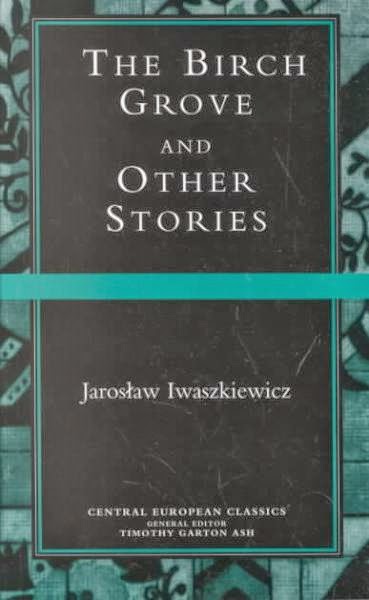





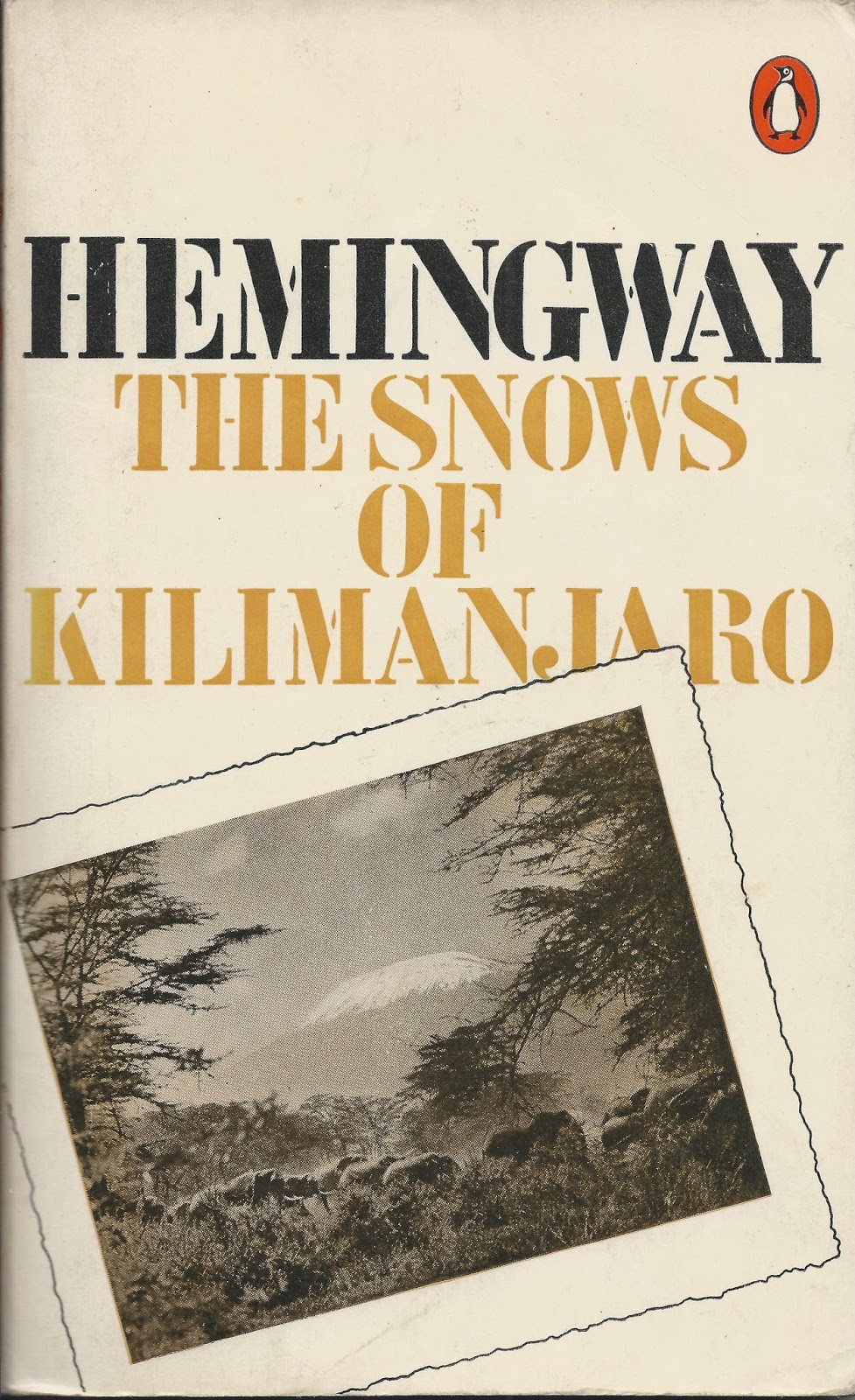
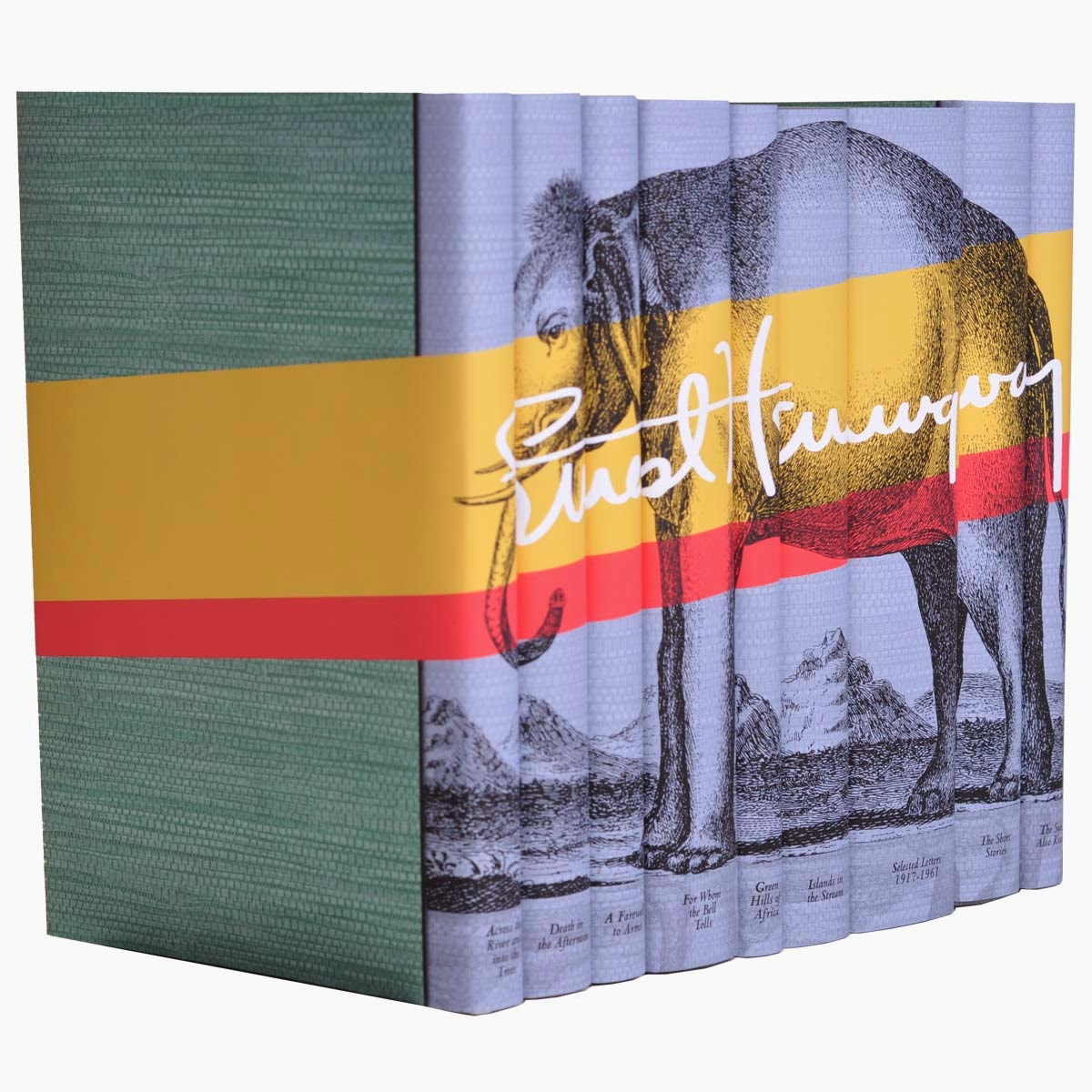

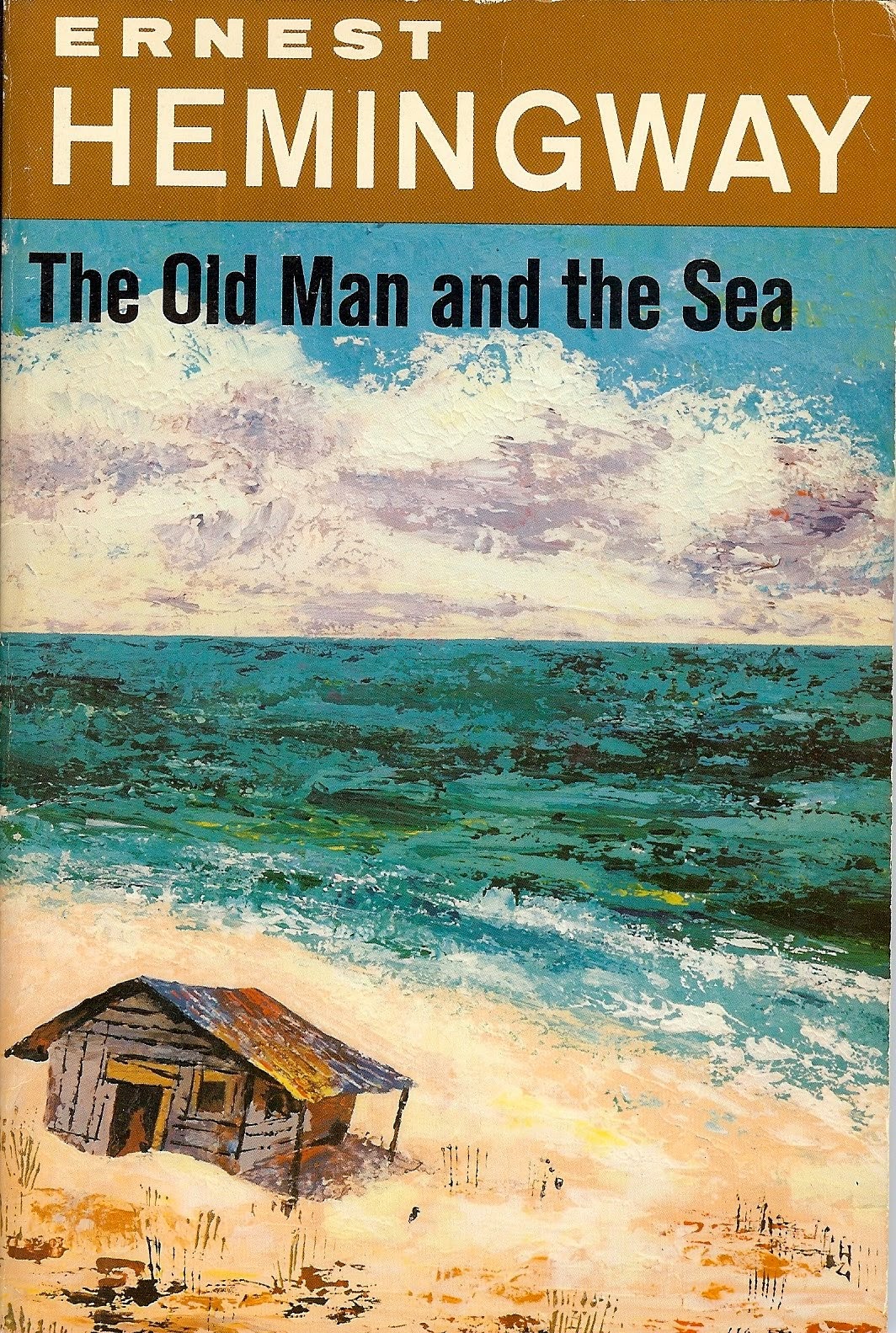
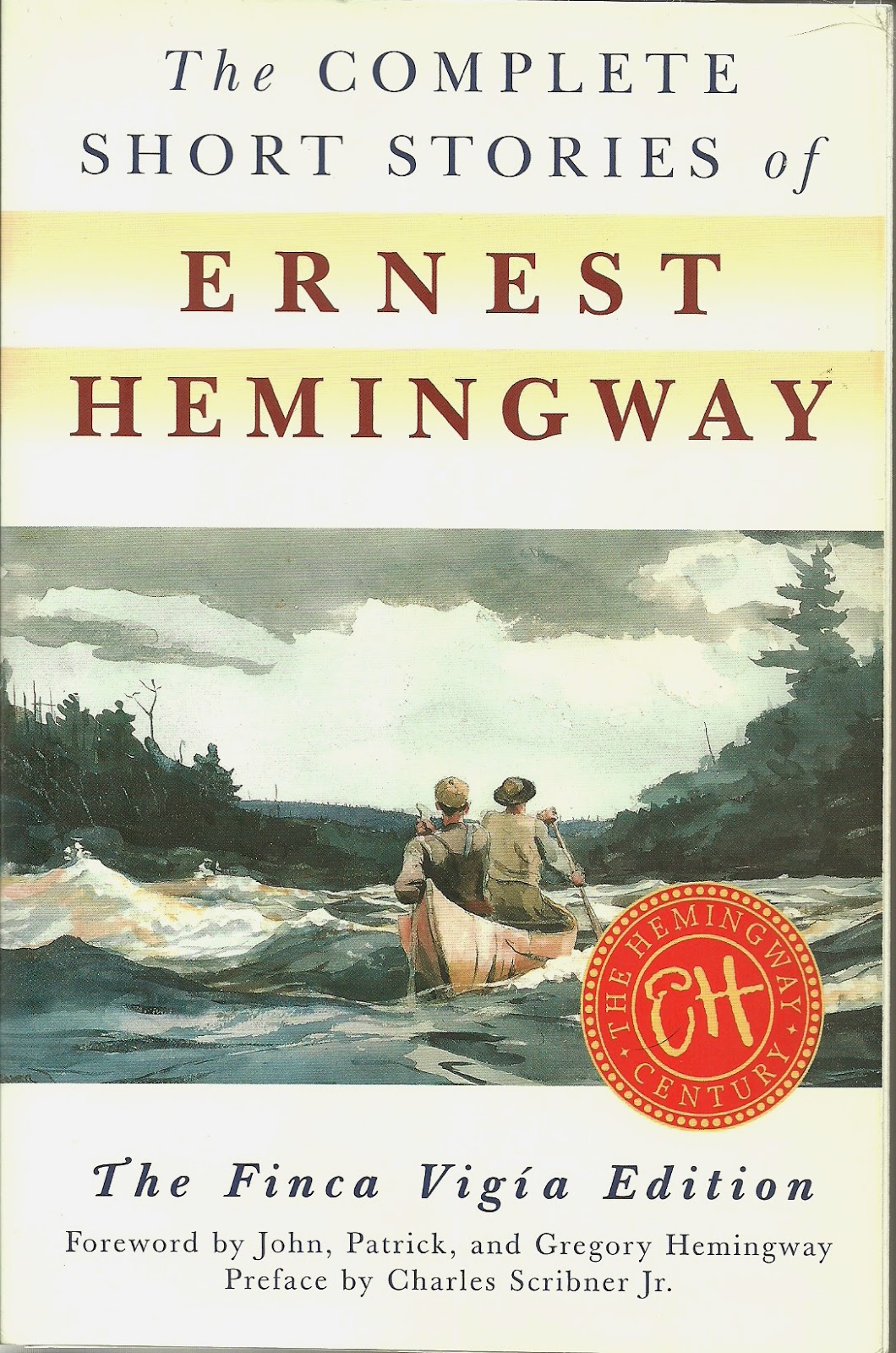





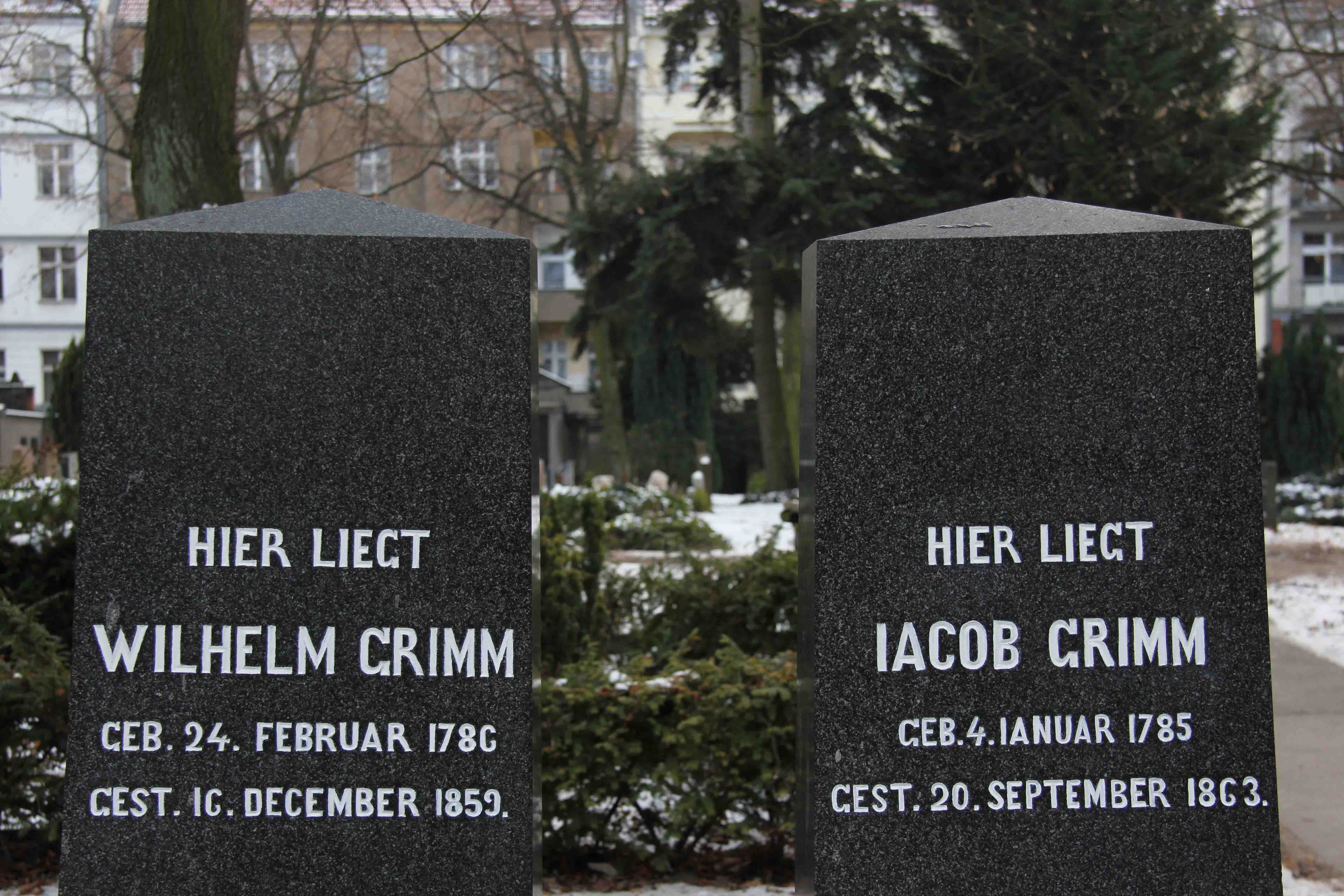








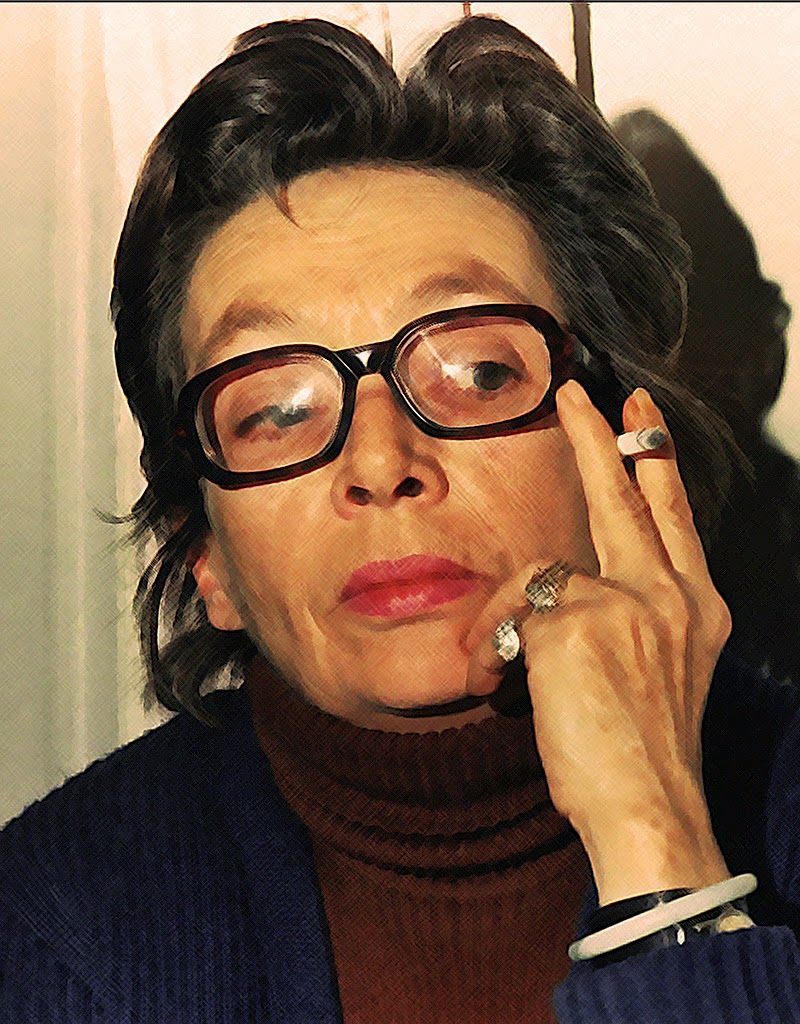


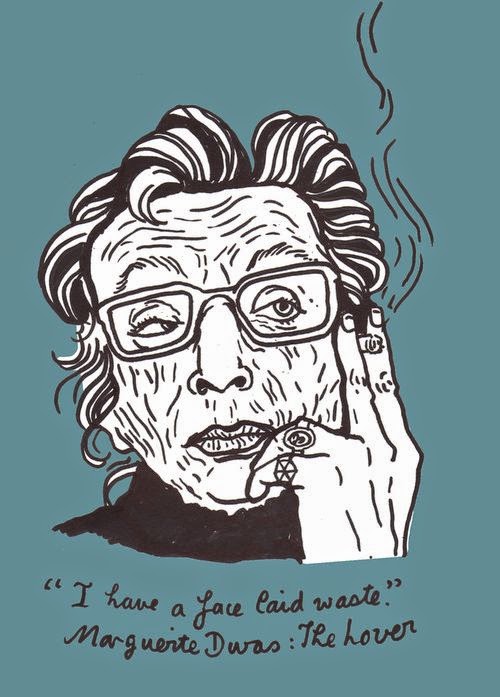
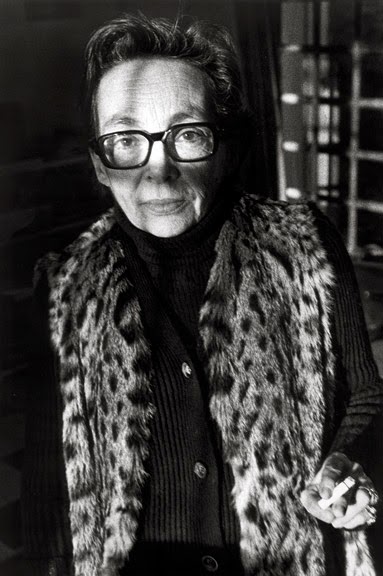
















.jpg)
.jpg)
.jpg)
.jpg)











































.jpeg)


.jpeg)














































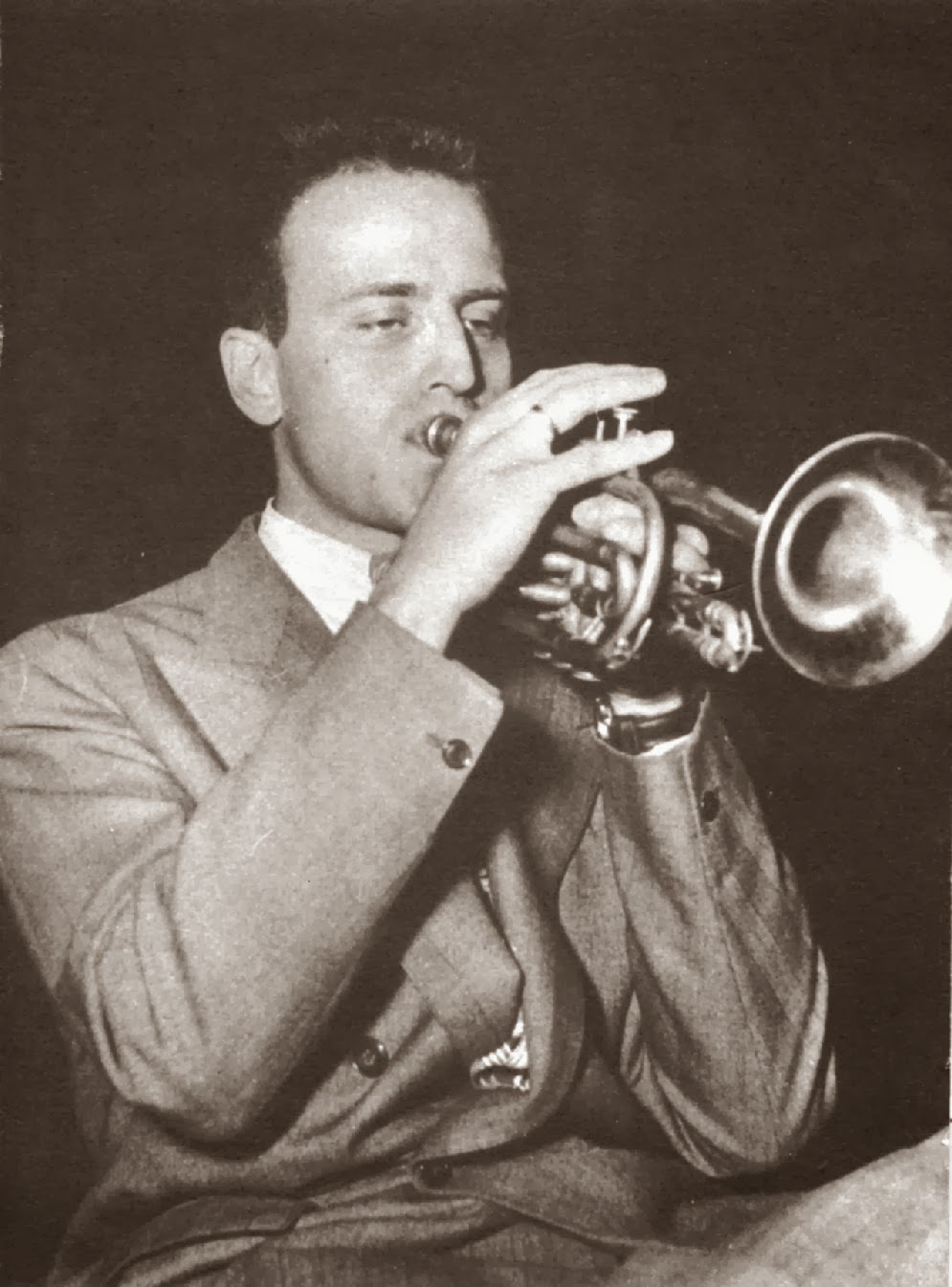

























.jpg)

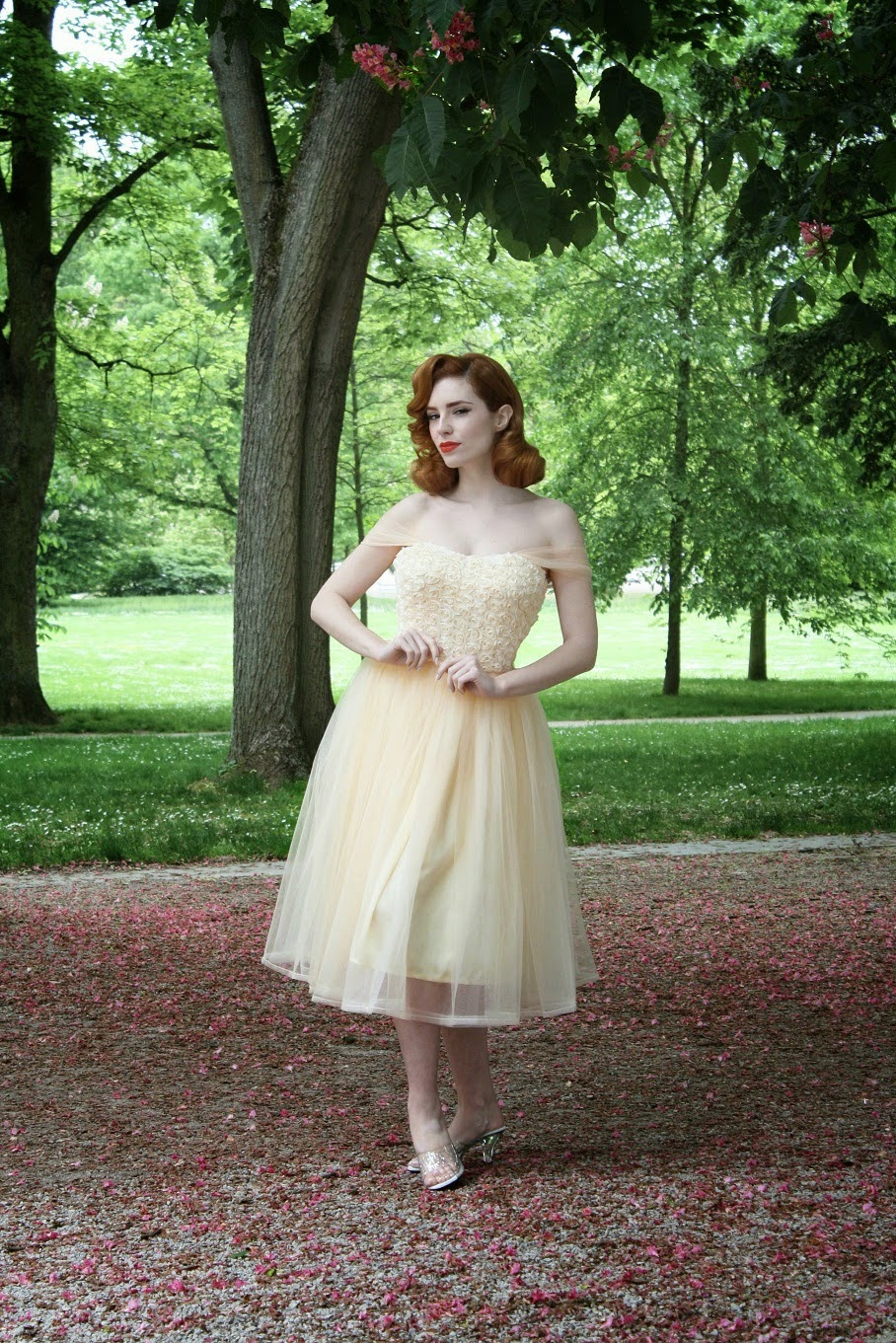






_b.jpg)






















